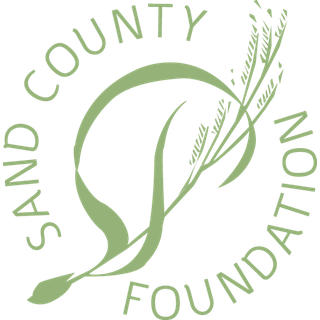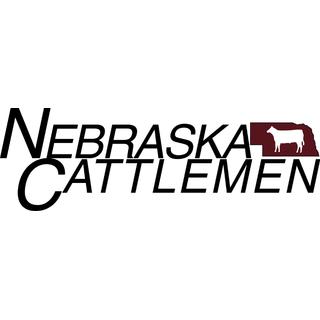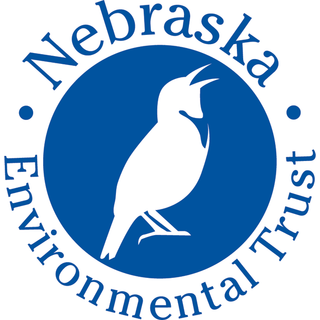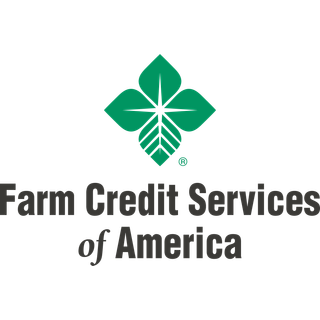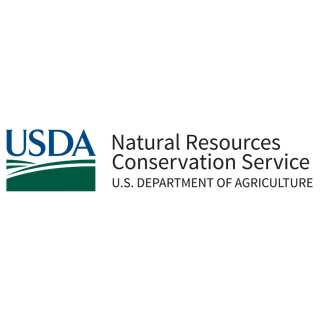Chris Trumler traces his conservation ethic to his grandfather and father.
Chris’ grandfather grew up loving the outdoors on a farm near Munich, Germany. Following World War II, hunting was prohibited, and fishing was costly, so he moved his family to Nebraska in 1950 in search of a better life. By the 1970s, Chris’ father was a German and industrial arts teacher who dreamed of raising cattle and owning a place to hunt and fish.
After purchasing an overgrazed piece of the Sandhills range, his father improved areas where erosion had formed “blow outs” by fencing them off and planting trees to stabilize the sandy soils. Chris carried countless jugs of water to those trees as a child. He passion for wildlife conservation took root after noticing the trees were attracting deer, quail, and grouse.
Chris is still planting trees today on Trumler Ranch’s 930 acres of native grasslands and wetlands. To create shelter belts for cattle and wildlife, he planted enough trees to stretch more than one mile.
Although a full-time cattle rancher, Chris says he also sees himself as a wildlife manager after working as a conservation technician for Nebraska Games and Parks’ wildlife and fisheries divisions. He rotationally grazes his cattle herd using wildlife-friendly cross fencing.
A “deferred grazing” system of not grazing part of the ranch until July allows it to reach “climax vegetation.” This provides excellent conditions for deer to fawn, and for upland birds to nest. By timing their calving season for summer, this system matches the cows’ nutritional needs to when the pasture is at its highest nutritional stage.
Limiting his cattle herd’s access to natural waterways has also produced conservation benefits. Wetlands and former stock ponds offer habitat for migratory and shore birds. During dry years, these areas support prairie chicken, grouse, and quail. Fencing cattle away from streambanks has improved water quality by reducing erosion. Chris is experimenting with hinge-cutting trees along streambanks to slow the water and provide habitat for fish and invertebrates.
Cold, clean drinking water is delivered to cattle tanks through a series of pipelines fed by solar wells and windmills. The tanks have corrugated escape ramps for wildlife that fall in the tank.
Although the harvesting of hay is timed to avoid nesting and fawning seasons, Chris takes extra precautions to protect wildlife by attaching a flush bar to his hay mower. He also provides an escape route for rabbits and birds by not initially cutting a hayfield’s perimeter. This allows wildlife the option of not crossing barren cut areas to reach cover or adjacent uncut fields.
Crop rotations, no-till practices, and cover crops are used on Trumler Ranch’s irrigated and dryland crop fields. Cover crops of rye and turnips are grown each fall to build the soil’s organic matter. This practice also reduces the need for commercial fertilizers and prevents nitrates from leaching into groundwater. Regular soil sampling of each field also prevents over-application of fertilizer.
Chris reduced his ranch’s water usage and eliminated runoff concerns by updating to a pivot and sub-surface drip irrigation system. He planted the corners of his pivot irrigated field with pollinator-friendly vegetation. In addition to helping pollinators, the additional ground cover and prevalence of insects provides more quality bird habitat.
Among his many volunteer and outreach activities, Chris mentors youth pheasant hunters on the value of having a conservation ethic. On and off the ranch, Chris is living the better life that his immigrant grandfather envisioned decades ago.
